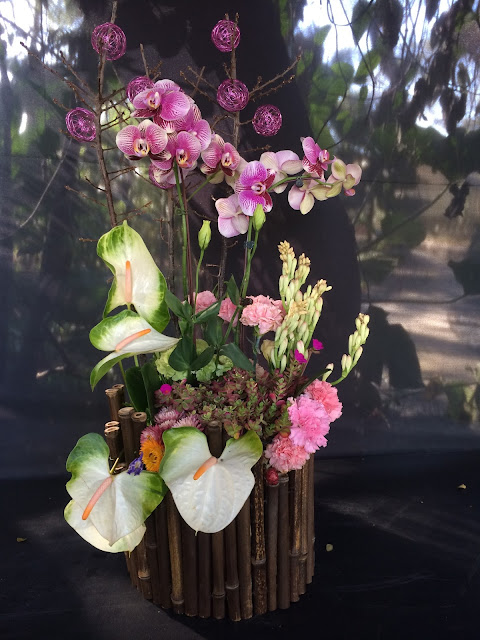Revisiting the Past of Pila, Laguna
The town of Pila is Laguna's response to the Vigan of Ilocos in that Pila's old homes have preserved the Spanish architecture that characterized them: carved wooden balustrades, wooden or iron bars crossing the shuttered windows that give natural ventilation, recessed porches and balconies, interior courtyards, and rooms wide enough to hold a mini basketball game. Every post and column is elaborately designed and even the walling is arranged in a way that is classy. The total effect is enchanting. It wouldn't be difficult to imagine a Don or Dona walking with a very aristocratic flair inside these homes, followed by his or her girlfriday.
In 2007, Pila's town plaza and surrounding ancestral homes were declared by the National Historical Institute as a National Historical Landmark. Pila was bestowed this honor because of the many tangible remnants of Spanish occupation in the town, aside from that there have been many archaelogical finds in the 1960s in Barangay Pinagbayanan, which is the first site of the Pilenos. Many of the finds are rare artifacts and Chinese ceramics dating back to the 11th century.
It is also in Pila that you can see how the Spaniards plan the zoning of a particular village. Different major institutions in a town are so arrange that they are adjacent or just a stone's throw away from each other. The purpose of this kind of planning is of course for a more efficient management and governance. Spain was instrumental in the spread of the Catholic faith worldwide and this is one of the reasons why they conquered many nations and Christianized them. One of these nations is the Philippines and it is considered the only Christian nation in Asia. One of the churches that was built during the Spanish colonization is the St. Anthony of Padua Church.
It was dedicated on June 13, 1581 to San Antonio de Padua and became the first Antonine Parish in the country subsequently, this date became the date of the yearly town fiesta. Filipinos celebrate town fiestas in honor of the patron saint and also for thanksgiving for a plentiful harvest.
Walking down the town's streets and roads allows one to imagine what life was back then when our Spanish ancestors governed and run our country and how they have influenced our traditional customs and our artistic sense.
The town hall of Pila is situated opposite from the church, a wide expanse of green grass stands between these two institutions in the town. It is interesting to note that even the town hall still bears Spanish colonial design and architecture. According to historians, it is only the town of Pila that is recognized as a historical landmark by the Catholic church and the state.
Many thanks to Ms. Dahlia Fiesta, Pila's tourism officer and Mayor Edgardo Ramos for the warm reception.









Comments
I'm managing a meta-blog about travel and activities in South East Asia: http://www.weekend.com.sg/
I read some of your articles carefully and your content can be really useful for my readers who wants to discover Philippines through bloggers! You provide nice post..
In consequence, I decided to select your blog !
I would like to know if you would be interested to appear on my web portal? It will increase your visibility on internet, increase your visits, and provide good information for my users.
Send me an email at greenty.com@gmail.com and I will try to answer within 24h.
Good job again !
Alexandra